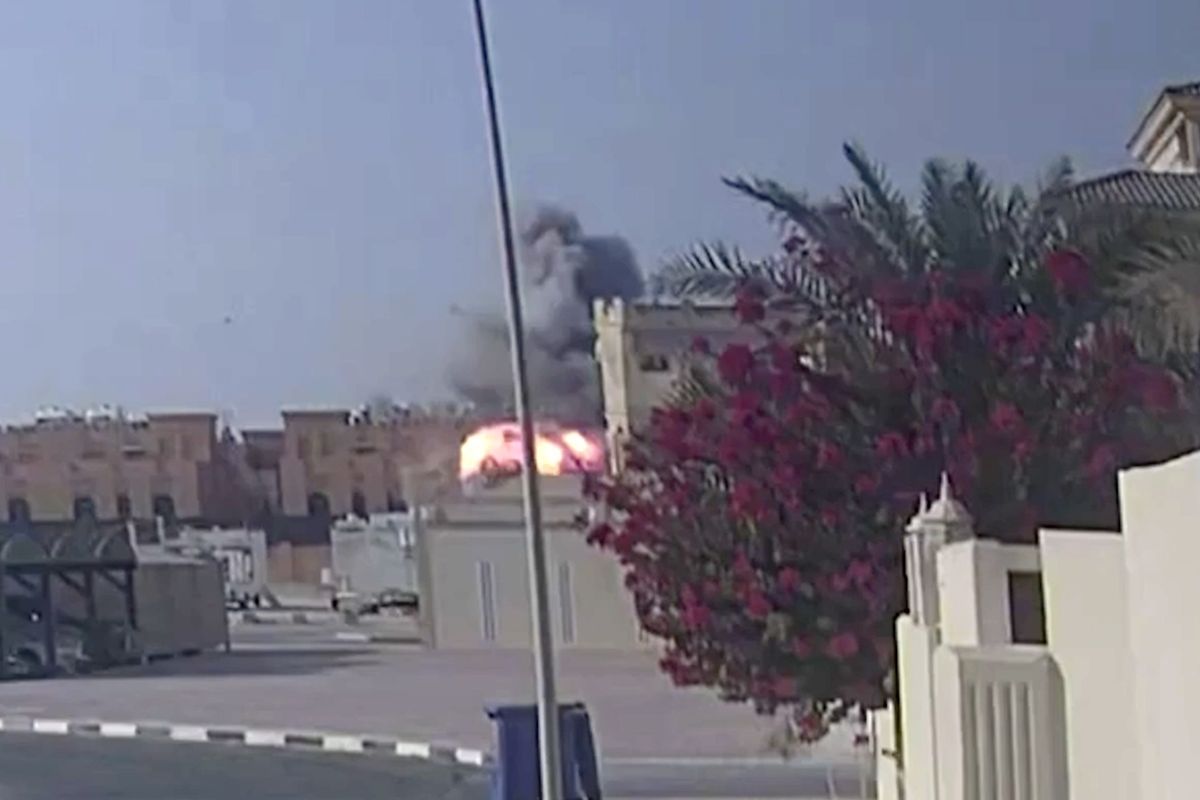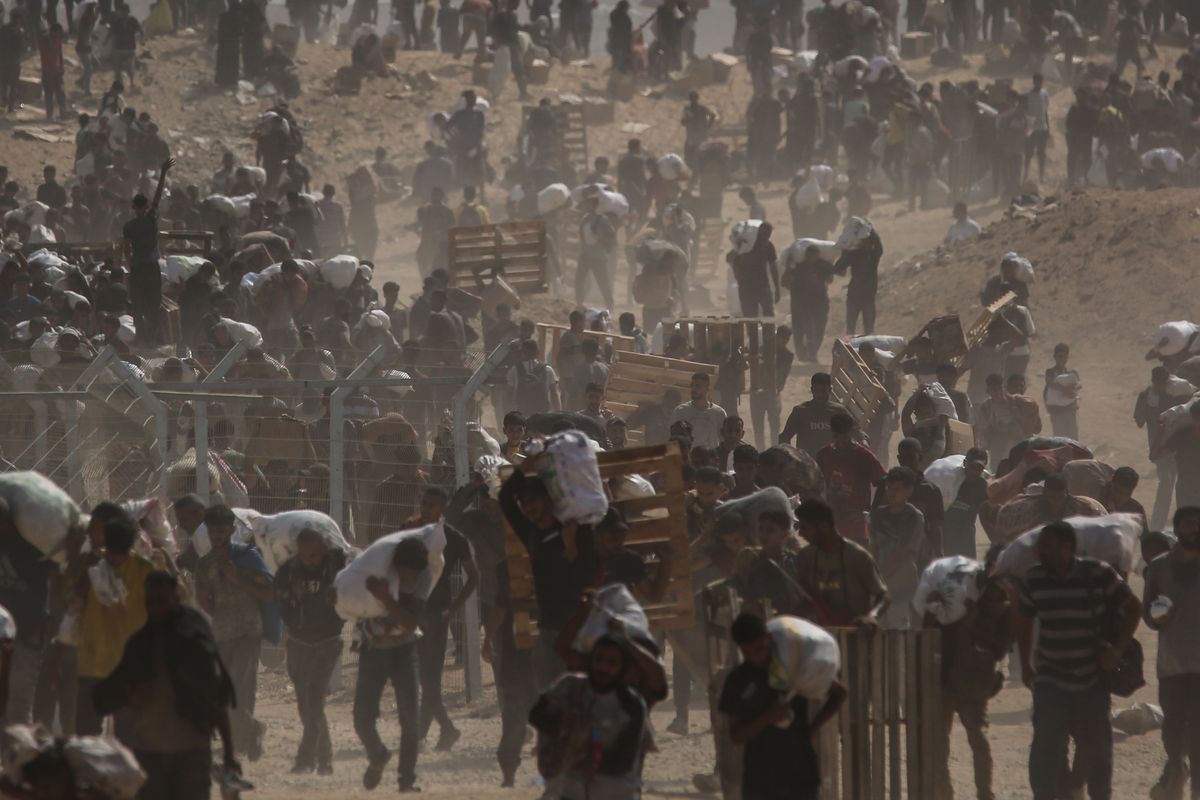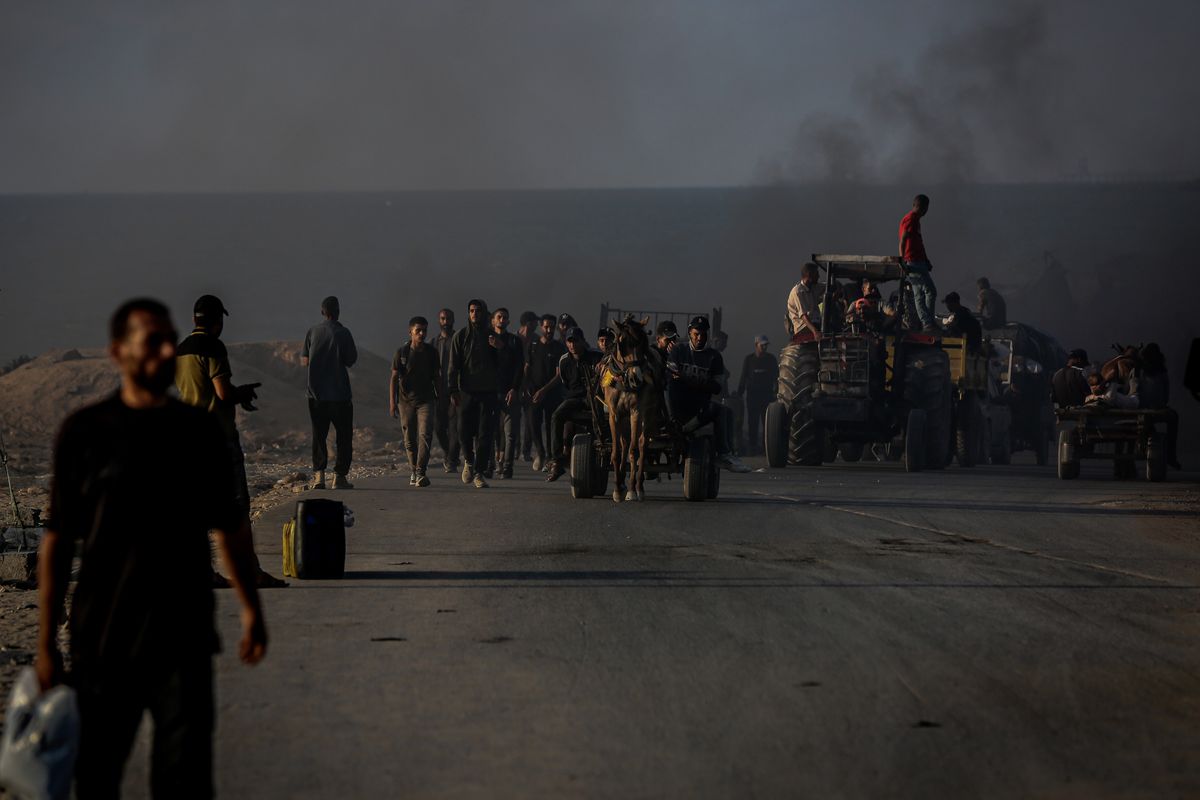OPINION / EXPERT PERSPECTIVE — Israeli intelligence has regained its sea legs. After the terrorist attack launched by Hamas last month, it’s clear that Shin Bet, Mossad, and Israeli military intelligence are helping the Israel Defense Forces (IDF) prosecute the war in smart and expeditious fashion.
Just take a look at Israeli intelligence activity over the past few weeks.
- Mossad Director David Barnea is traveling the region, focusing on hostage negotiations. He is on point now, the key player for the Israeli government, as the hostage issue is of extraordinary importance to Israel. Shin Bet chief Ronen Bar also was in Egypt this past week.
- A Shin Bet hit team was created to track down Hamas members responsible for 10/7, according to a variety of press reports. They, along with Mossad, will take the long view similar to how Mossad killed Palestinian terrorists responsible for the 1972 Munich massacre. The operation could take years. Everyone associated with Hamas is now a target, including the political leadership in places like Qatar.
- Israeli intelligence support to the IDF has stepped up in Gaza, which includes (per the IDF’s Twitter/X feed) the systematic killing of Hamas High Value Targets. Israel says it has eliminated half of the combat battalions, with reportedly several thousand Hamas operatives killed. Of note, the number of rocket launches from Gaza are down dramatically as well. The IDF has also captured Hamas strongholds in northern Gaza. Of great importance, IDF casualties, while tragic for the Israeli public, are lower than anticipated. In sum, the IDF, supported by Israeli intelligence, is doing far better than expected.
- Former Israeli intelligence officials I have spoken to note a huge sense of resolve within the Israeli national security community. The Gaza campaign to destroy Hamas is an existential fight for them. This feeling transcends the Israeli political spectrum. Two things can be true at once. That Israelis, including most of the national security community, detests Prime Minister Netanyahu. While at the same time, are united in the absolute requirement to destroy Hamas.
It's not just for the President anymore. Cipher Brief Subscriber+Members have access to their own Open Source Daily Brief, keeping you up to date on global events impacting national security. It pays to be a Subscriber+Member.
U.S. intelligence is now back in the game. Similar to the Israeli recovery after 10/7, U.S. intelligence has been mobilized. The U.S. Intelligence Community (IC) had essentially ceded the Hamas target to Israel, because we thought Shin Bet had Hamas covered. But Israel failed, and thus we were left blind. Yet the U.S. too, has pulled itself up by its bootstraps and are reportedly back in collection mode.
Just take a look at current U.S. Intelligence posture.
- The U.S. has reportedly collected signals intelligence, according to the Wall Street Journal that indicated that Hamas was using the Al-Shifa hospital as a Command and Control (C2) node. This indicates that the U.S. IC indeed has redirected resources to the conflict.
- The U.S. declassified those findings which in my view, was clearly designed to give the Israelis some breathing room. The audience for the U.S. action is both global (ie countering the international outrage over the Israeli siege of the hospital) and domestic, as the Biden administration was getting hammered internally within the Democratic Party ecosystem.
US IC Support to the IDF reportedly includes an Mq-9 drone that is flying missions over Gaza for hostage recovery purposes.
And there has been expanded intelligence sharing with Israel, according to press reports.
Cipher Brief Subscriber+Members enjoy unlimited access to Cipher Brief content, including analysis with experts, private virtual briefings with experts, the M-F Open Source Report and the weekly Dead Drop - an insider look at the latest gossip in the national security space. It pays to be a Subscriber+Member.
CIA Director Burns has also been traveling the region, for a variety of reasons that have included a focus on hostage negotiations, according to press reports.
What comes next for both intelligence services? The near-term focus of both intelligence communities in Israel and the U.S. will remain on identifying the location and recovery of the hostages. But in my view, that is more tactical in nature. It is not strategic - as Israel will treat a pause for hostage recovery as just that, a pause, and not a cease fire. Really, the biggest strategic concern in the intelligence world is the prospect of regional escalation.
As such, all eyes in the intelligence world are on Israel’s northern border with Lebanon.
Tensions have skyrocketed between the IDF and Hizballah. And press reports indicate that there is some concern in the U.S. administration that Israel may want a fight with Hizballah. This has reportedly been the position of Israeli Minister Benny Gantz. Yet Secretary of Defense Austin in a call several days ago warned Gantz against this, according to some press reports.
Of concern, there is an escalation ladder that Israel and Hizballah follow, and both are climbing it. There is no doubt that the Pentagon is concerned. The two carrier battle groups, 16 aircraft squadrons, and a U.S. nuclear submarine with 150 plus Tomahawk cruise missiles deployed in theater, are all deployed to deter Hizballah (and really Iran) from opening up another front in the north. If the ball does drop, it is likely that the U.S. will get involved in striking Hizballah targets. As such, for the U.S. and Israeli intelligence communities, the key collection challenge is to uncover the plans and intentions of Hizballah, which may actually change day to day. It’s a dynamic situation that needs constant monitoring.
For the U.S., just as important is our simmering battle with Iran, via their proxies in Syria and Iraq. Our deterrence efforts so far, are just not working. The U.S. military struck two sites several days ago, which was the right thing to do. But we just can’t seem to contain this. Iran is not listening. The Pentagon, according to media reports, is frustrated. So, the US intelligence community will be laser focused on collecting on Iranian decision making, and what they will do vis a vis their proxies. We may need to escalate to de-escalate before U.S. forces are killed.
The credibility of both Israeli and U.S. intelligence is on the line, regarding what ultimately is found at al-Shifa hospital. The IDF video showing weapons recovered at al-Shifa is certainly significant, as this does demonstrate the Hamas utilization of the hospital, which is technically a war crime. As was the video of the hostages being moved throughout the hospital on 10/7. That said, given the U.S. and Israeli claims that the hospital contained a major C2 node for Hamas, it’s probably going to take additional evidence-such as video of the actual tunnels under the hospital-to buttress the intelligence claims and assuage some of the international concerns about the Israeli moves on the hospital. Ultimately, corroborating the intelligence gives Israel more runway diplomatically to prosecute the war in Gaza.
The Cipher Brief is committed to publishing a range of perspectives on national security issues submitted by deeply experienced national security professionals.
Opinions expressed are those of the author and do not represent the views or opinions of The Cipher Brief.
Have a perspective to share based on your experience in the national security field? Send it to Editor@thecipherbrief.com for publication consideration.
Read more expert-driven national security insights, perspective and analysis in The Cipher Brief













